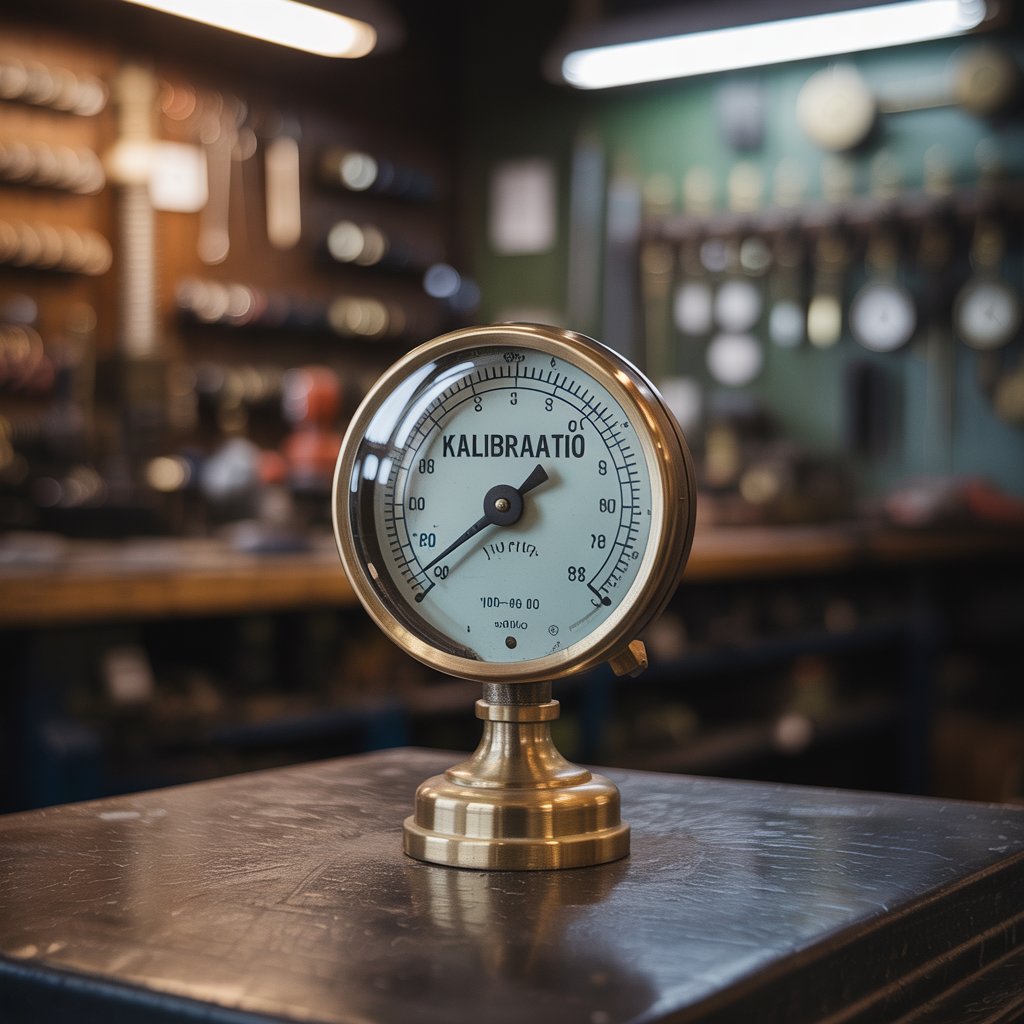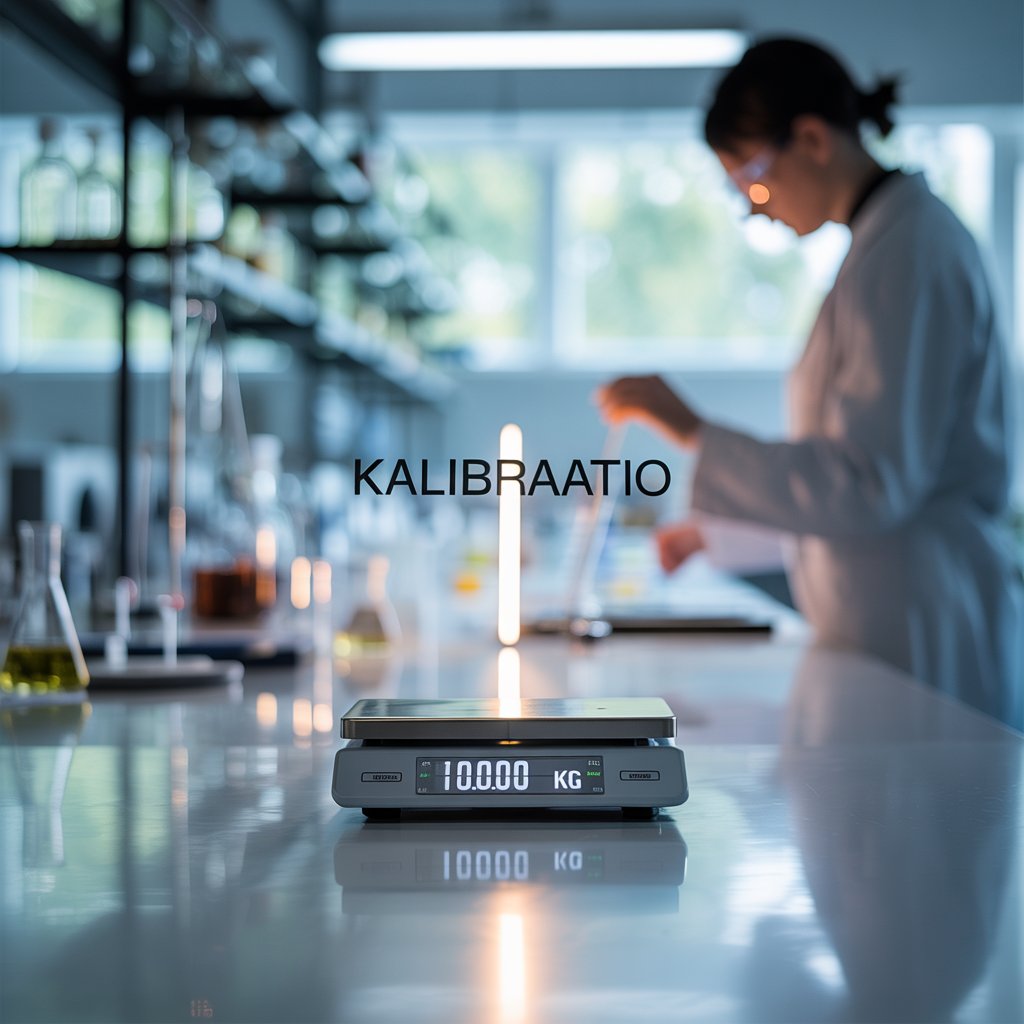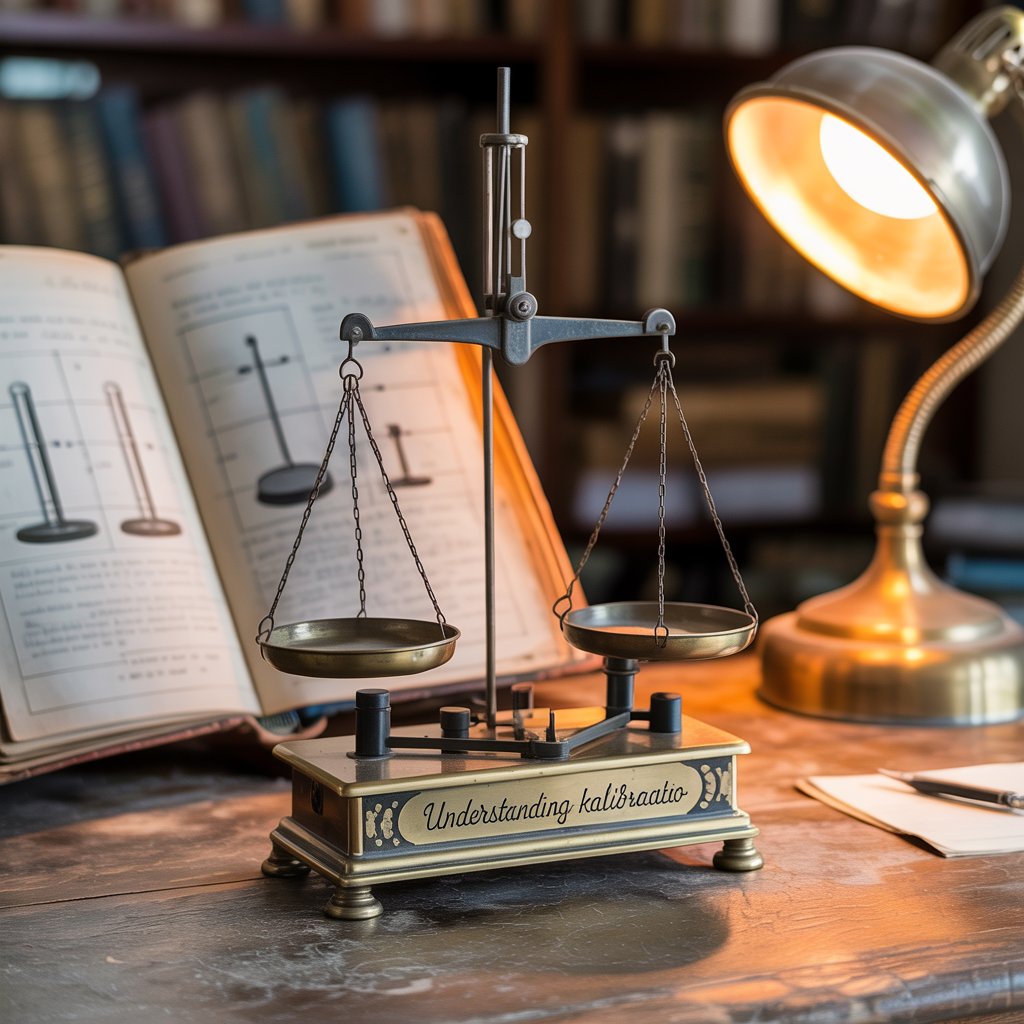Introduction to Kalibraatio
Have you ever wondered why your measuring tools sometimes seem just a bit off? That’s where kalibraatio steps in. A Finnish term that translates to “calibration,” kalibraatio refers to the process of adjusting and verifying the accuracy of measuring instruments. It ensures that what you’re measuring aligns perfectly with standardized values.
Whether you’re working in a laboratory, factory, automotive shop, or even using a kitchen scale, kalibraatio plays a key role in delivering consistent and trustworthy results.
Table of Contents
What Exactly Is Kalibraatio?
At its core, kalibraatio is about comparison. A known reference or standard is used to test the accuracy of a device. If there’s a difference between the device reading and the standard, adjustments are made.
For example, if a thermometer shows 98°C while the actual boiling point of water is 100°C at sea level, the device needs kalibratio. This is not a guesswork process. It is deliberate, mathematical, and often documented to prove that the device meets required specifications.
Why Kalibraatio Is Essential
In industries where precision matters, kalibraatio isn’t optional—it’s a necessity. Consider these examples:
- Medical Devices: Inaccurate readings from blood pressure monitors or insulin pumps can be dangerous.
- Aerospace: Faulty sensors without proper kalibratio can lead to catastrophic failures.
- Manufacturing: Even a minor deviation in measurements can result in product rejections or recalls.
- Food Production: Incorrect temperature calibration may lead to food spoilage or unsafe conditions.
Every measurement matters. That’s why kalibraatio is part of quality control standards across the globe.

How Is Kalibraatio Done?
The process of kalibratio varies depending on the instrument and industry, but a typical procedure includes:
- Inspection: The device is visually checked for wear or damage.
- Testing Against Standards: It’s compared against a traceable, certified standard.
- Adjustment: If deviations are found, they are corrected.
- Documentation: A calibration certificate is issued to log the performance.
Many organizations schedule routine kalibraatio to maintain compliance with international standards such as ISO/IEC 17025.
Kalibraatio in Everyday Life
It’s easy to think of kalibraatio as something for high-tech labs, but it’s around us daily.
- Home Thermostats: An inaccurate thermostat can cause higher energy bills.
- Bathroom Scales: A miscalibrated scale can give false weight readings.
- Car Tire Pressure Gauges: Wrong pressure readings affect vehicle safety.
Understanding the importance of kalibratio makes one appreciate the silent role it plays in our routines. It quietly ensures that tools perform as expected.
Is Kalibraatio Eco-Friendly?
Yes, surprisingly so. A well-calibrated device reduces waste, prevents rework, and lowers resource consumption. For instance:
- A factory with calibrated machines produces fewer defective parts.
- Proper fuel gauge calibration can improve fuel efficiency.
- Calibrated thermometers prevent overuse of energy in refrigeration or heating.
Kalibraatio indirectly contributes to sustainability by optimizing performance and reducing unnecessary usage of materials and energy.
What Happens Without Kalibraatio?
Neglecting kalibratio can cause a domino effect of errors. It might start small but can grow into large-scale problems:
- Financial Loss: A company may lose revenue due to product recalls.
- Reputation Damage: Clients and regulators lose trust in inaccurate systems.
- Legal Issues: Certain sectors require certified kalibratio. Non-compliance can lead to penalties.
It’s not just about accuracy; it’s about trust and responsibility.
Who Needs Kalibraatio?
Anyone who depends on reliable measurements. These sectors rely heavily on it:
- Healthcare
- Pharmaceuticals
- Engineering
- Construction
- Energy
- Automotive
- Food and Beverage
Even artists and musicians calibrate—guitar tuners and color matching devices need regular kalibraatio to keep creativity in harmony.
How Often Should Kalibraatio Be Done?
There’s no universal timeline. Frequency depends on usage, environment, and importance of the device. Critical medical tools may need weekly or even daily calibration, while others might only need it annually.
What’s important is tracking performance over time and following manufacturer or industry guidelines.

Choosing the Right Kalibraatio Partner
Not all calibration services offer the same quality. Look for:
- Accreditation: They should comply with international standards.
- Traceability: Use of traceable and certified reference instruments.
- Experience: Skilled technicians ensure accurate adjustments.
- Transparency: Clear reporting and documentation are essential.
Quality kalibraatio adds value. It’s not a checkbox task—it’s a sign of professional integrity.
Digital Era and Kalibraatio
Modern devices have made kalibratio more advanced. Many instruments now include:
- Auto-calibration features
- Digital indicators
- Cloud-based calibration tracking
- Predictive maintenance alerts
Even with technology, human oversight remains crucial. Digital tools assist but don’t replace proper kalibratio procedures.
Also read: Why Lake Texoma Should Be Capitalized
Final Thoughts on Kalibraatio
In a world that runs on data and measurements, kalibraatio ensures the accuracy of every reading. It’s the hidden guardian of quality and performance, standing behind every sensor, every tool, and every result.
With proper kalibratio, you’re not just ensuring measurement accuracy—you’re committing to excellence, reliability, and trust.


